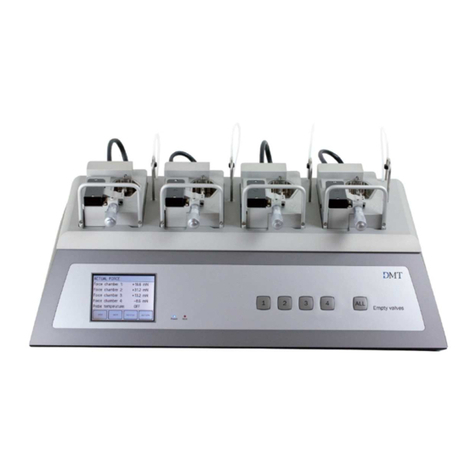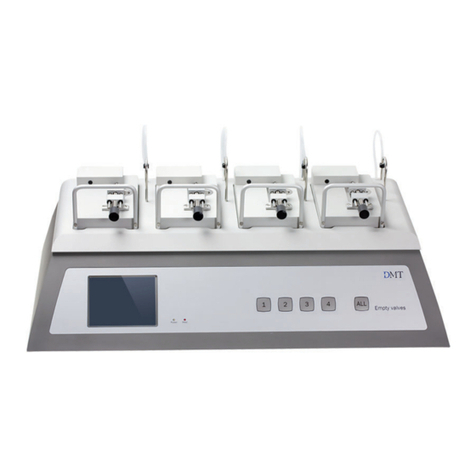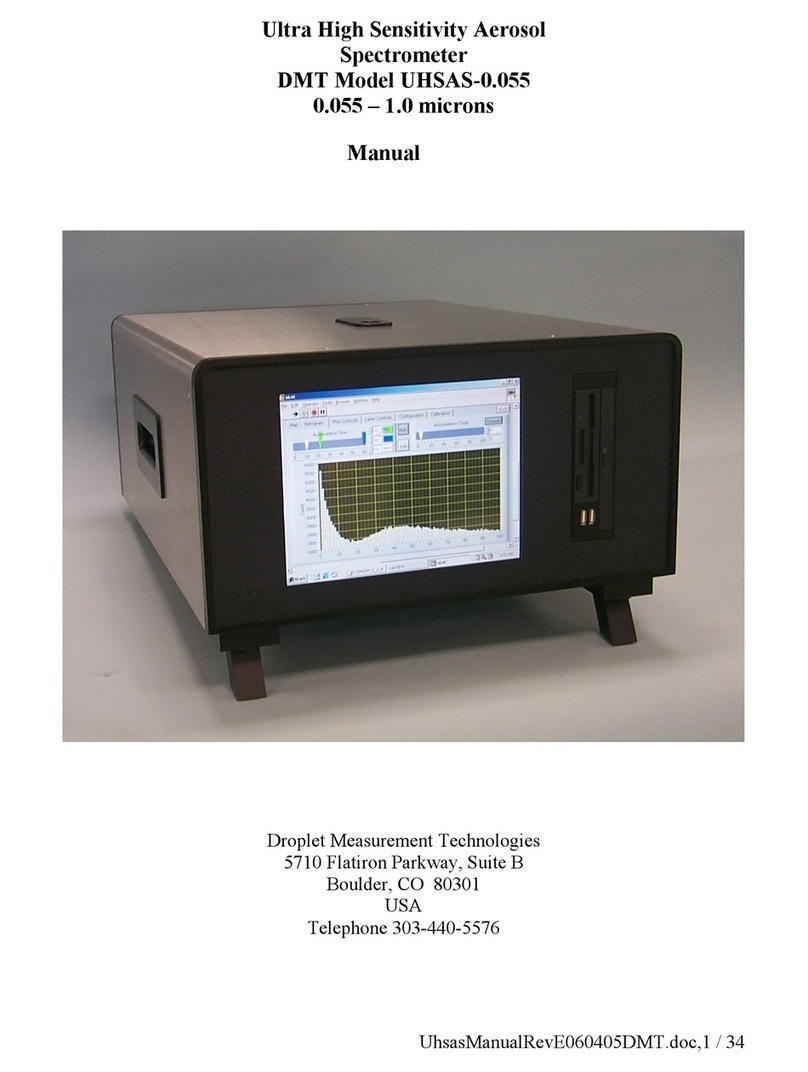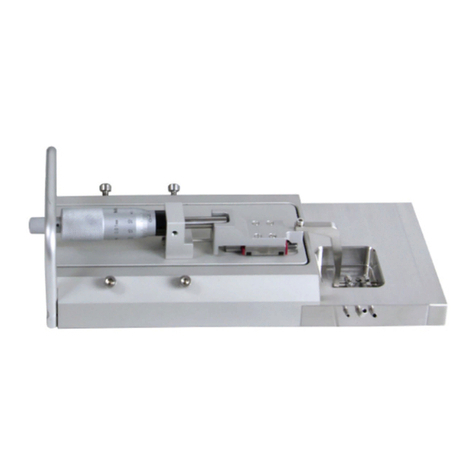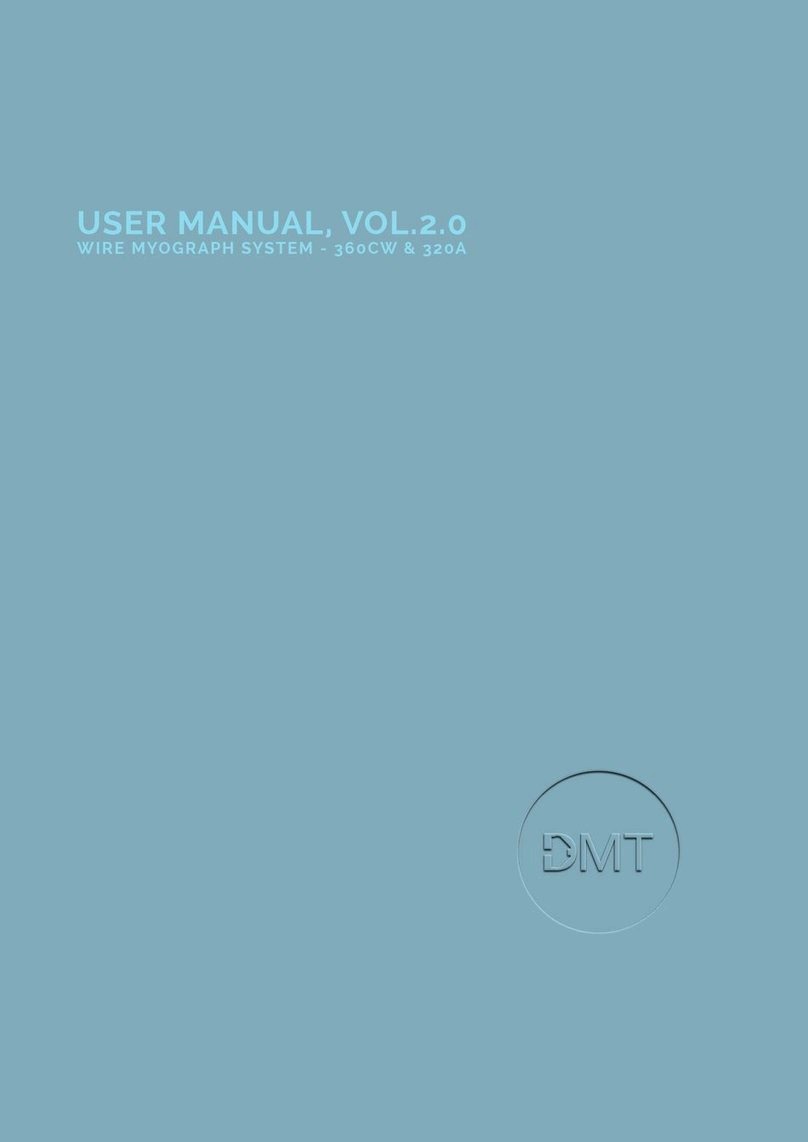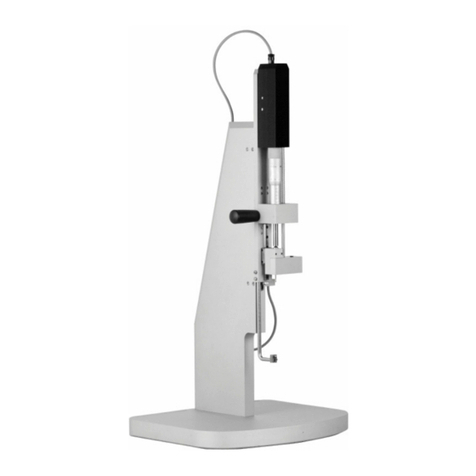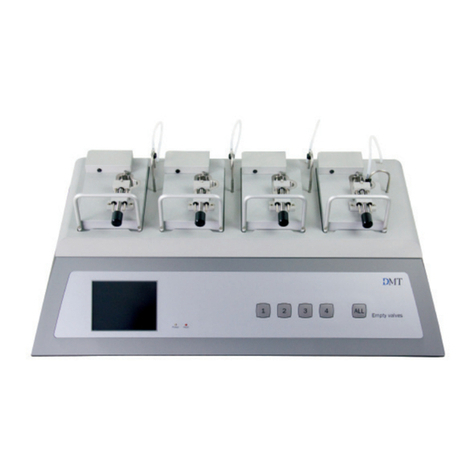
9
1. Vertical ne adjustment of the transducer:
Turn the micrometer screw clockwise to lower the transducer.
Turn counter clockwise to lift the transducer. The marked
line is the lowest position of the transducer. The micrometer
positioner has a working range of 0 - 26 mm above the line.
NOTE: The micrometer positioner has a slag of 1 to 2
turns when shifting from clockwise to counterclockwise
rotation and vice versa. It is easy to feel when the
micrometer positioner starts to move the transducer.
2. Final alignment of the transducer:
The transducer can be nally aligned in parallel to the tissue
holder and secured by rotating the locking bolt.
Locking
bolt
1.
2.
3.
4.
3. Horizontal adjustment of the transducer:
Turn the screw clockwise to free the transducer.
The transducer can now be moved horizontal.
Turn the screw counterclockwise to lock the
transducer.
4. Course adjustment of the lower tissue holder:
Turn the screw counter clockwise to unlock the
tissue holder. When unlocked, it is possible to
move the holder in 4 orientations, up, down,
left and right. Turn the screw clockwise to lock.
2.2 ADJUSTING THE TRANSDUCER
When tissue is placed in the sampleholder do a course adjustment on the tissue holder to t the tissue
just between the holder and the transducer without stretching it. With the tissue submerged in the buer
set the force to 0. Then use the micrometer positioner to stretch the tissue to the disired resting tension.






